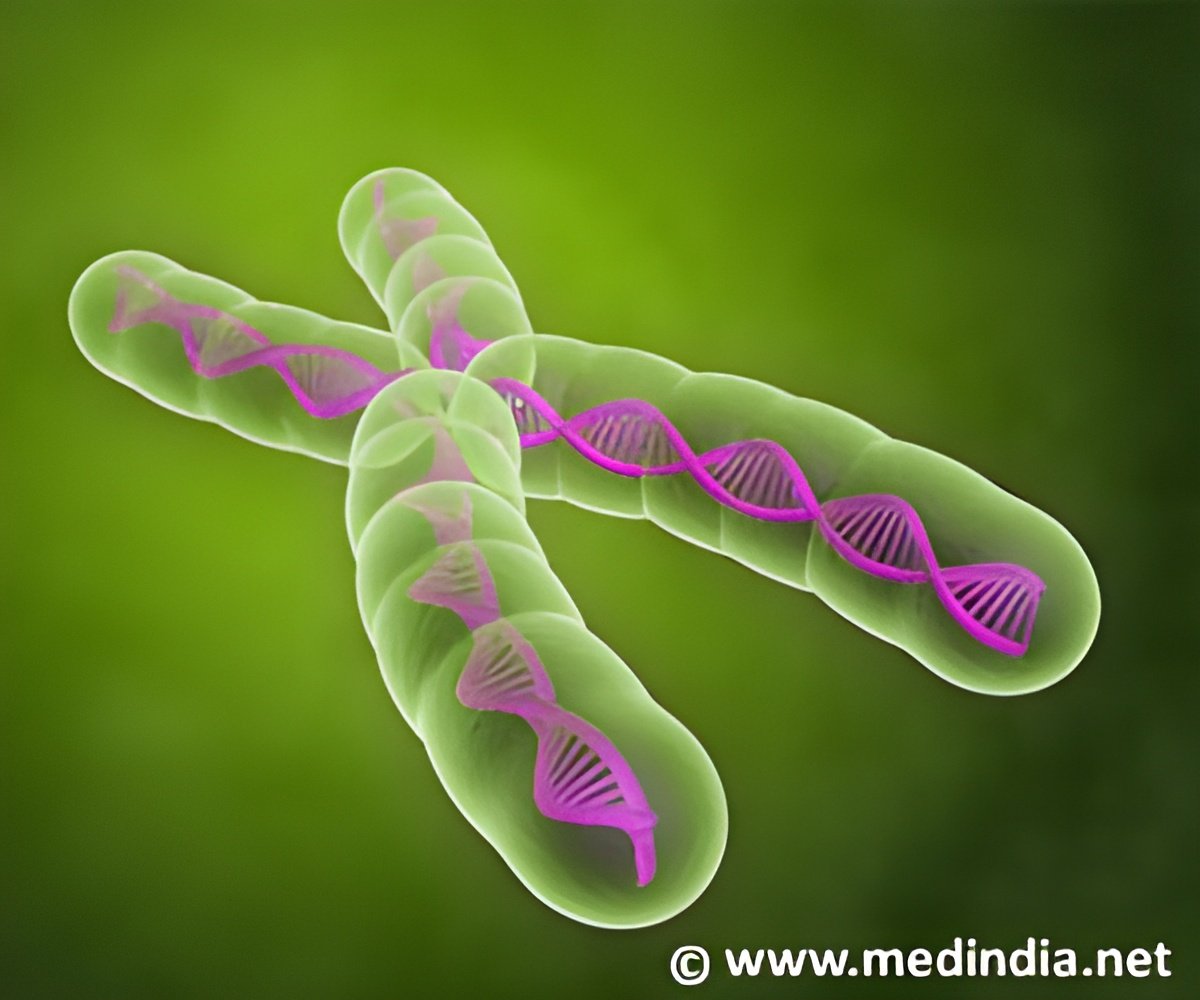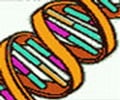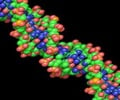Researchers have revealed that the genetic material found in our mitochondria is highly variable across individuals and may impact human health.

The study was made possible thanks to the participation of nearly 40,000 Quebecers in the CARTaGENE initiative. CARTaGENE is one of the world's most comprehensive banks of genetic information: in addition to genetic information, participants share their health history, residential information, ethnicity, languages spoken and their family history of disease. Philip Awadalla is Director of the CARTaGENE initiative and lead author of the study. "The people of Quebec want to take part in science," he said. "This program is unique in the world. Other initiatives are taking place, but they aren't as comprehensive. Elsewhere, researchers are able to recruit 5% of the people they invite. Quebecers' collaboration rate is five times that." CARTaGENE's data and samples are available to the local and international research community.
The researchers looked specifically at mutations in the RNA of the mitochondria. If DNA is the printing press that determines the functions of a living organism, RNA is the print that it leaves behind. And just like with a printing press, sometimes the print (known as transcription) is slightly different from the press. "We looked at the variation within and across individuals in the mitochondrial RNA. This is the first survey of mitochondria-wide RNA variation at a population level," Hodgkinson explained. "We used the data of 1,000 participants in the CARTaGENE initiative, making this the largest RNA sequencing in the world to date. With this kind of depth of information, we've identified a vast array of fine-scaled differences not just between individuals but also within individuals – and that's the power of the data. But within that, we focused on one specific signature that we found really interesting – the signature in the sequencing data that represents the modification of RNA at important sites." "The other world first here is an unprecedented level of resolution – we're not only capturing change happening at the DNA level, now we're capturing "epiphenomena" happening at the RNA level. We can compare across individuals to see how variable different individuals are within themselves," Awadalla added.
Many other factors are at play in determining the variation in the transcription of mitochondrial RNA. "Your DNA is mostly found in the nucleus of each cell, and there is interaction between products from the genome of the nucleus and the genome of the mitochondria to create cellular energy – they're not completely separate," Hodgkinson explained. "We find an association between variation in a nuclear gene – the DNA that's from your chromosomes – with the level of modification in the mitochondrial RNA. The resulting modifications may impact cellular energy production, but there is much more work to be done to confirm and fully understand these processes".
While the mechanisms at work in our body may offer couch potatoes a handy excuse, the actual outcomes in terms of our health may not be deterministic. "It makes sense that we would see an association between mitochondria and metabolism rates, because mitochondria are the power packs of each cell. We have determined that our genome's ability to modify itself is partly hard-wired – the open question is how does our genome react to exposures in the environment?" Awadalla said.
 MEDINDIA
MEDINDIA



 Email
Email




